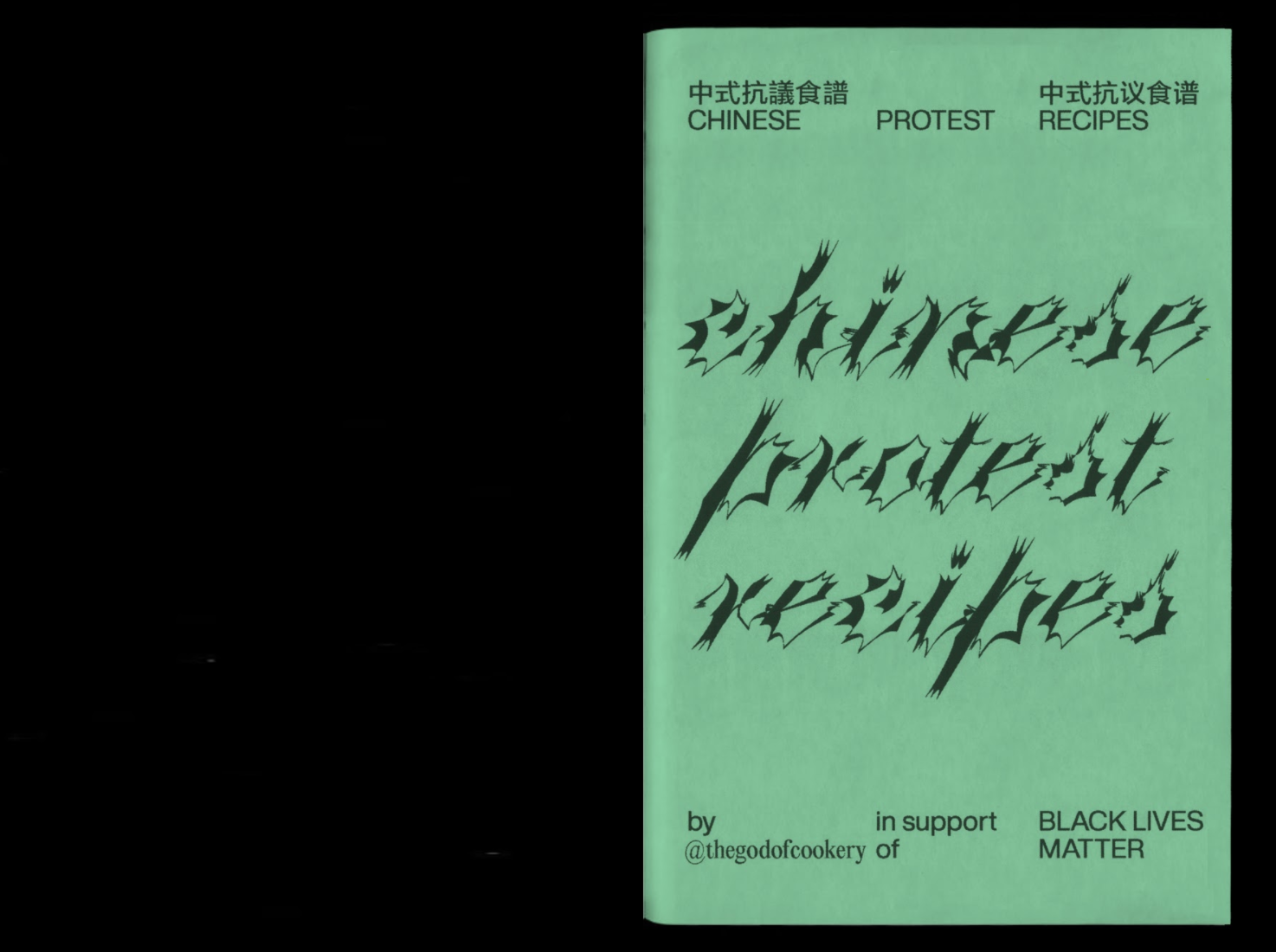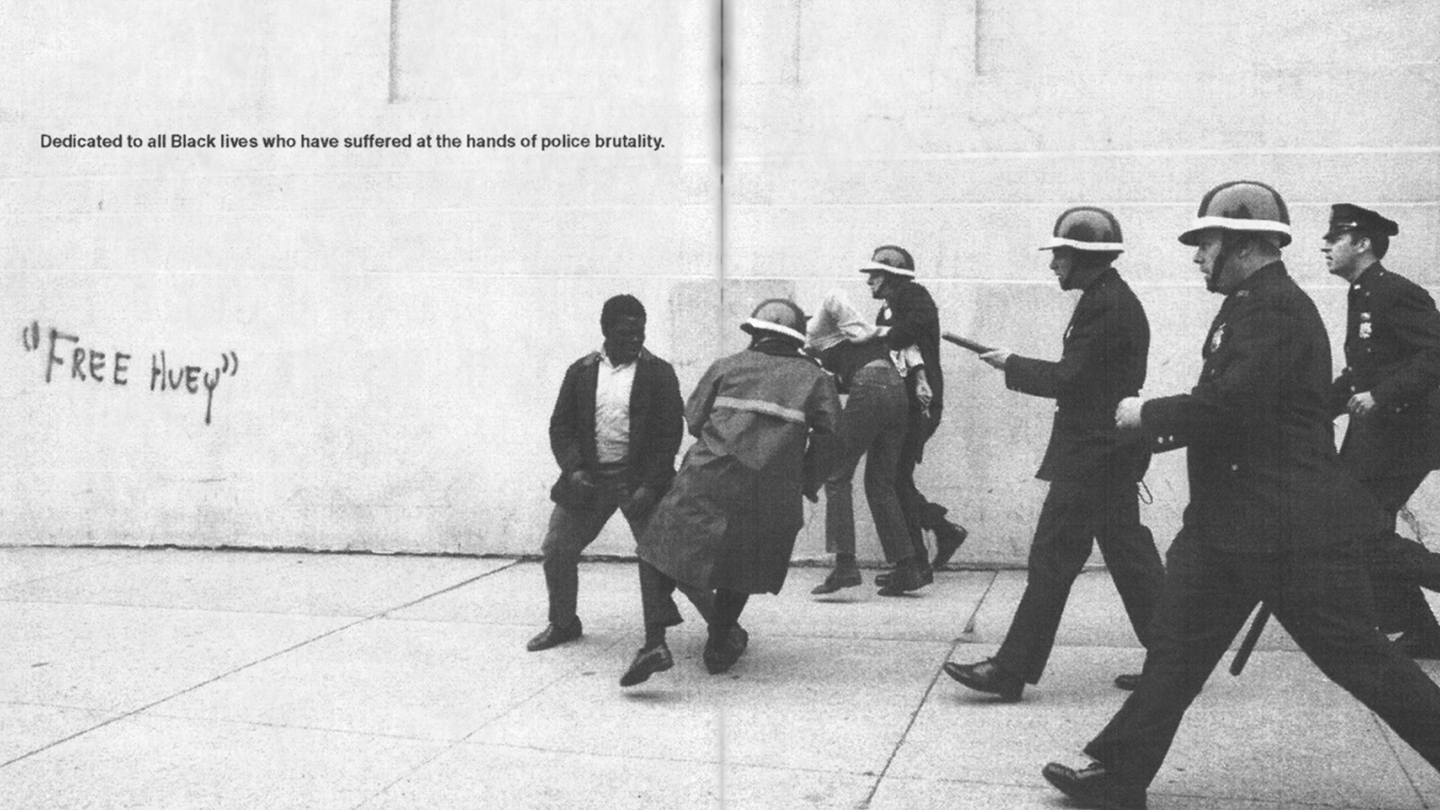In Clarence Kwan’s family, food means everything. “It’s the way we show love, it’s how we say hello, it’s all we think about from day to night,” says Clarence. He is the fourth generation of his family to work in a Chinese restaurant. “Growing up, I saw my grandmother haggle and boss her way through Chinatown, demanding the best cuts of char siu, harassing fishmongers for their best fish, and choosing her own live free-range chickens for slaughter.
Clarence — or as he is known on Instagram, @thegodofcookery — apprentices for a family-fronted Chinese BBQ shop around his job at a social impact agency, dedicating his weekends to the delicate art of roasting Cantonese meats. “It’s become an escape and a place of solitude, a place where I can feel like my truest self and feel connected to my ancestors.”
Clarence’s Instagram functions as a platform for exposing and discussing racist practices within the food world, as well as being a resource for lovers of Cantonese cuisine. Increasingly, Clarence has written about Chinese food as a form of social resistance, championing the concept of fighting racist thought by embracing non-white, non-normative forms of culture, and questioning those who seek to suppress them.
“Resistance through food means examining the forces around us, through the food we eat. Who’s in power? Who owns the restaurants that we frequent? Who’s profiting? Who’s suffering?” Clarence explains. “Food is culture. When we take a long hard look at the harm and violence caused through the food world, we can get a deeper appreciation for what is happening in the rest of the world. It also means claiming your own cultural identity, heritage and ancestry. For me, that means embracing and celebrating Chinese food unapologetically. For Chinese people, I hope it inspires more self-actualisation, more pride in our food culture and more activism.”
Resisting through Chinese food, he says, can simply be eating and living freely without fear of judgement. “Every Asian kid growing up in a white world has gone through the same collective experience,” he says, noting the mockery many kids of colour are subject to for their “weird” school lunches: “It’s stinky, it’s smelly, blah blah blah. As an adult, you realise this is just another normalised form of racism.”

Clarence is passionate about supporting the Black community in his efforts to decolonise food. His most recent project is an anti-racist cookbook, aptly named Chinese Protest Recipes. Clarence put the recipes together during an online takeover for DOOF Magazine in August: each spread contains essential anti-racist reminders (“TALK TO YOUR ASIAN FAMILIES ABOUT ANTI-BLACK BEHAVIOUR AND ATTITUDES” reads one page), woven throughout the recipes — including F.T.P. fried rice, A.C.A.B. crabs, anti-racist a-choy — which uses essential Chinese pantry ingredients. The kinds of things you should buy from your local Asian supermarket to support them through these trying times for small businesses. Not the Tesco down the road, please and thank you.
The book is free to download, though you don’t have permission to use it if you’re a cop, and Clarence asks that, if you enjoy the recipes, you make a donation to an organisation in support of Black Lives Matter.

“This pandemic has revealed the racial inequities in our society, and the ugliest side of humanity,” says Clarence. “My hope is that more BIPOC speak up about their experiences. I never spoke up in the past. I just posted about Chinese food, never talked about politics, never talked about social justice,” he admits. “Now, I can’t stay silent. I can’t go back.”

